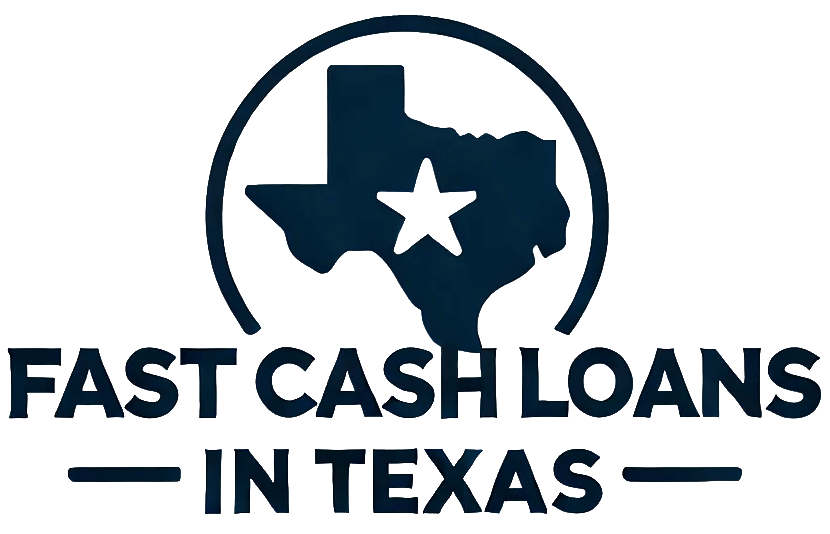When faced with significant expenses, whether for home improvements, medical bills, or debt consolidation, securing a $35,000 personal loan can be a lifeline. However, the process to get approved for such a substantial loan can be daunting. Lenders typically require more stringent criteria for loans of this size, with higher income and credit score requirements. In this guide, we’ll walk you through the necessary steps to increase your chances of approval, explain the factors that influence your loan terms, and help you find the best loan provider for your needs.
Why You Might Need a $35,000 Loan
A personal loan of $35,000 is often used for larger expenses that can’t be covered through savings or traditional credit. Common reasons for borrowing this amount include:
- Home renovations: Financing major repairs or upgrades to your property.
- Debt consolidation: Combining multiple debts into one loan with a lower interest rate.
- Medical bills: Covering unforeseen medical expenses or surgeries.
- Major life events: Funding significant events like weddings or vacations.
- Large purchases: Buying a car, paying for education, or even making investments in your future.
Whether it’s managing existing debt or funding a dream project, a $35,000 loan can provide the financial flexibility you need.
Where to Get a $35,000 Personal Loan
There are several options for securing a $35,000 loan, including:
- Banks: Traditional banks can offer competitive rates, but they often have stricter requirements and may take longer to approve and fund the loan.
- Credit Unions: Member-owned credit unions may offer better interest rates and terms than banks, especially for those with existing relationships.
- Online Lenders: If speed is a priority, online lenders are a great option. They typically offer fast approval and funding with less stringent eligibility criteria, although interest rates may be higher for lower credit scores.
Applying for a $35,000 Personal Loan: Step-by-Step
Securing a $35,000 loan is a process that requires planning. Here’s how to apply effectively:
- Check Your Credit Score
Start by reviewing your credit score to see where you stand. If your credit is below 650, you may need to take steps to improve it before applying. If your score is already good, you can proceed with comparing loan offers. - Research and Compare Lenders
Explore both traditional banks and online lenders. Compare the interest rates, loan amounts, repayment terms, and fees. It’s important to factor in the annual percentage rate (APR), which includes both the interest rate and any upfront fees. - Pre-Qualify for Loans
Prequalification allows you to see the potential terms you might be offered without affecting your credit score. It’s a good way to compare different offers before committing to a formal application. - Gather Necessary Documents
Once you have selected a lender, gather the required documents. This may include your proof of income, identification, and other financial information as mentioned above. - Submit Your Application
Submit the full loan application to your chosen lender. The approval process usually takes 1-7 business days, depending on the lender. - Review Terms and Sign
If you are approved, carefully review the loan offer, including the interest rate, fees, and repayment schedule. If you agree, sign the loan agreement and expect the funds to be deposited into your bank account within a few days.
What to Expect for Monthly Payments
The monthly payment on a $35,000 personal loan will depend on your interest rate and loan term. Here’s an example of how payments vary with different terms and APRs:
| Loan Term | APR | Monthly Payment | Total Interest Paid |
| 24 months | 7.99% | $1,582.80 | $1,985.56 |
| 36 months | 7.99% | $1,096.61 | $5,871.46 |
| 60 months | 7.99% | $709.51 | $10,040.01 |
Shorter terms will result in higher monthly payments but lower total interest costs. A longer repayment period will reduce your monthly payment but increase the amount you pay over time.
Alternatives to a $35,000 Personal Loan
If a personal loan isn’t ideal for your situation, consider these alternatives:
- Home Equity Loan or HELOC: If you own a home, borrowing against its equity could offer lower rates, but your home will be collateral.
- Peer-to-Peer Loans: Some platforms connect borrowers with individual lenders, potentially offering more flexible terms.
- Credit Cards with 0% APR: For smaller amounts or short-term needs, credit cards with introductory 0% APR offers may be a viable option.
- 401(k) Loans: If you have a 401(k), borrowing from it may offer a low-interest alternative, though it could impact your retirement savings.
